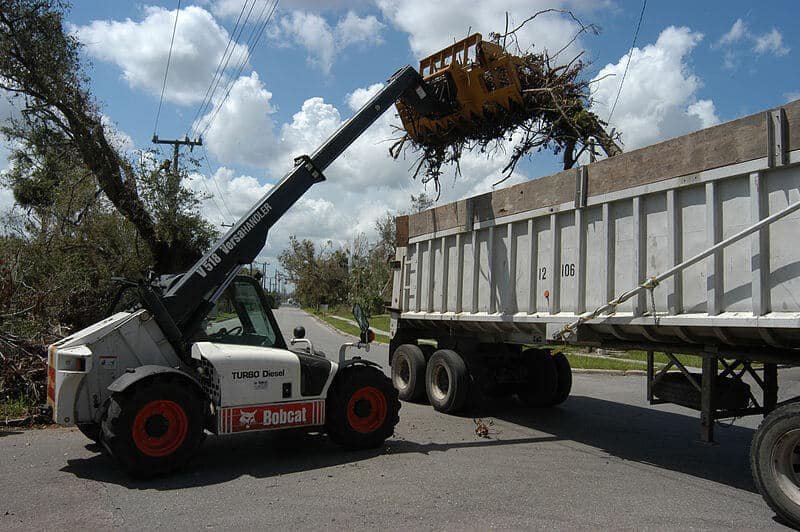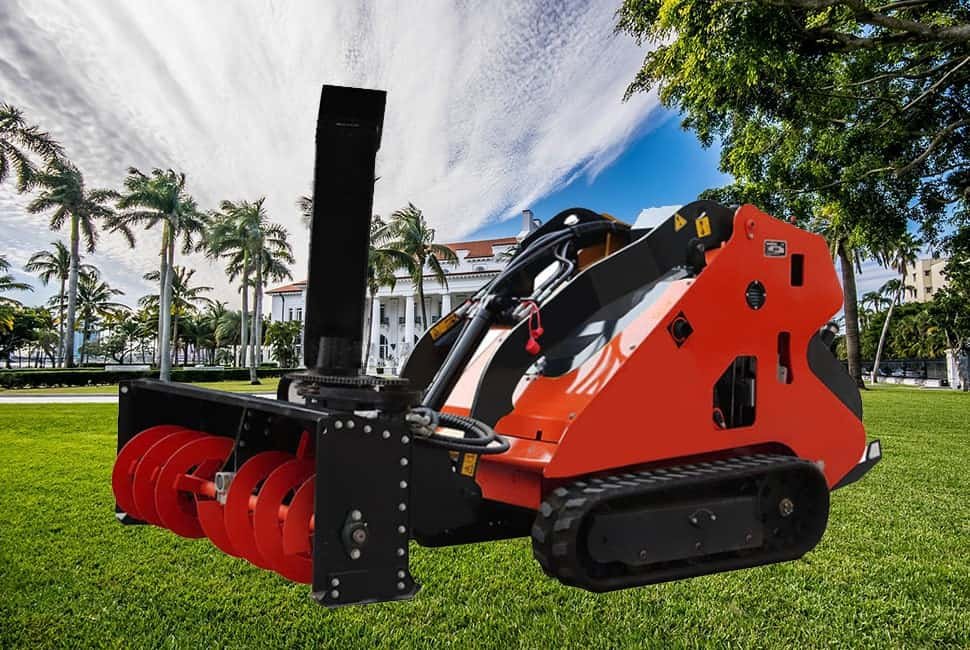Introduction
Telescopic machines play a crucial role in a wide range of industries, including construction, agriculture, and mining, to name just a few. These machines are designed to provide users with a versatile and flexible solution for handling and transporting heavy loads over long distances.
Two of the most common types of telescopic machines are telescopic loaders and telehandlers. Telescopic loaders are primarily designed for use in agriculture and construction, whereas tele-handlers are more commonly used in industrial and warehouse settings.
Understanding the differences between these two types of machines is essential for selecting the right equipment for a particular job or application. Let’s learn about them today.
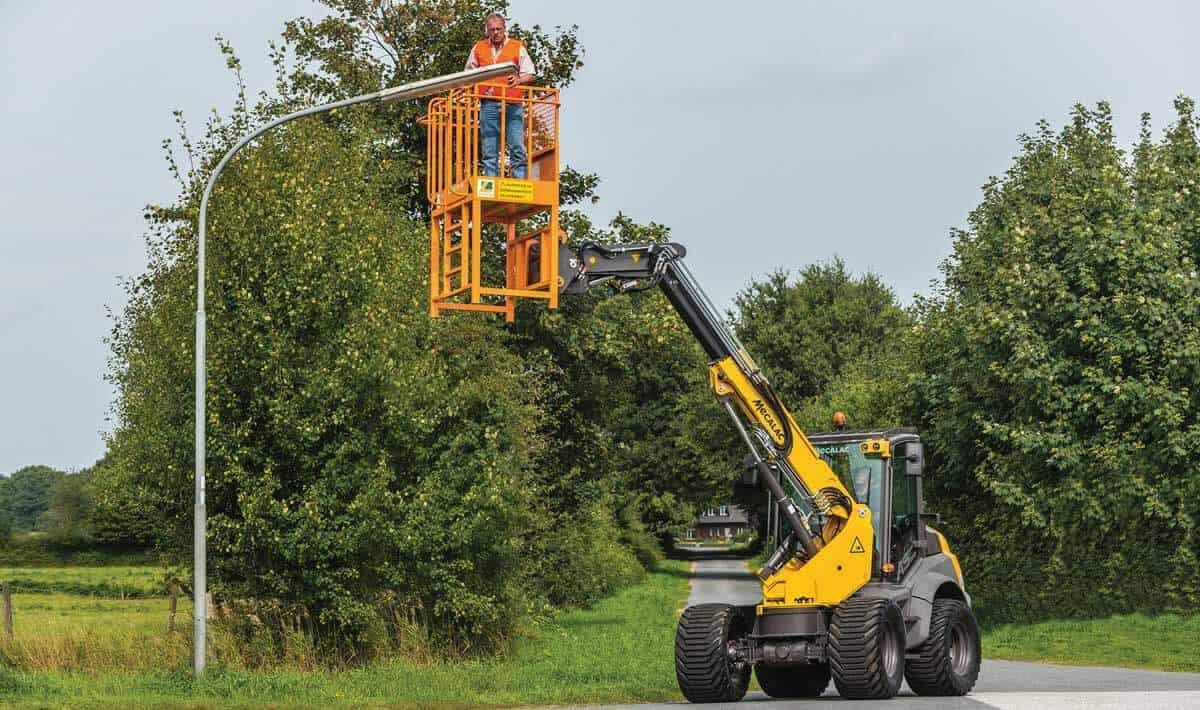
What Are Telescopic Loaders?
Before proceeding forward, you must know that Telescopic loaders and tele-handlers are two types of telescopic machines used for material handling and lifting tasks. While the two terms are often used interchangeably, there are some differences between the two machines.
Telescopic loaders, also known as telescopic handlers or tele-handlers, are versatile machines designed to perform a wide range of material handling tasks. These machines consist of a telescopic boom attached to a wheeled or tracked chassis, with a variety of attachments available to suit different applications.
Key Features
One of the most notable features of telescopic loaders is their telescopic boom. This boom can extend upwards and outwards, allowing the machine to reach heights and distances that would be impossible for other types of equipment.
Additionally, telescopic loaders often come equipped with a variety of attachments, such as pallet forks, buckets, and material handling arms, making them highly versatile and suitable for a wide range of applications. Some telescopic loaders also have an enclosed cab, providing operators with a comfortable and safe working environment.
Applications
Telescopic loaders are commonly used in the construction and agricultural industries, as well as in material handling and warehousing operations. They are ideal for tasks such as lifting and transporting heavy loads, stacking pallets, and loading materials onto trucks.
In agriculture, telescopic loaders are often used for tasks such as handling bales of hay or straw, moving animal feed, and loading grain into silos. In construction, telescopic loaders are used for tasks such as moving construction materials around a site, loading and unloading trucks, and transporting equipment.
Advantages & Disadvantages
One of the primary advantages of telescopic loaders is their versatility. With a variety of attachments available, these machines can perform a wide range of tasks, making them highly versatile and cost-effective.
Additionally, their telescopic boom provides them with exceptional reach and maneuverability, allowing them to access hard-to-reach areas. However, there are also some disadvantages to using telescopic loaders. One disadvantage is that they can be expensive to purchase and maintain. They are also relatively large and heavy machines, which can make
What Are Telehandlers?
Tele-handlers are a type of telescopic machine that is widely used in a variety of industries, including construction, agriculture, and warehousing. These machines are designed with a telescopic boom that can extend upwards and outwards, giving them exceptional reach and maneuverability.
A tele-handler is a machine that consists of a telescopic boom mounted on a chassis with a forklift attachment. The boom is capable of extending upwards and outwards, allowing the machine to reach heights and distances that would be impossible for other types of equipment. Tele-handlers are designed to perform a wide range of material handling tasks, including lifting and transporting heavy loads, stacking pallets, and loading materials onto trucks.
Note that both of these telescopic machines come with the same features, applications, and pros. Let’s check out their main differences.

Differences between Telescopic Loaders and Telehandlers
Telescopic loaders and telehandlers are two types of telescopic machines that are often confused with each other. While they share some similarities, there are also several key differences between the two machines. In this section, we will explore the main differences between telescopic loaders and telehandlers.
Applications
One of the primary differences between telescopic loaders and telehandlers is their applications. Telescopic loaders are typically used in agricultural and construction applications, whereas telehandlers are more commonly used in industrial and warehouse settings. This is because telehandlers are more suited to tasks that require a higher lift capacity, while telescopic loaders are more suited to tasks that require greater maneuverability and versatility.
Design
Another key difference between telescopic loaders and telehandlers is their design. Telescopic loaders have a fixed chassis and a telescopic boom that extends upwards and outwards. They are typically smaller and more maneuverable than telehandlers, making them well-suited to tasks such as moving materials around a construction site or farm.
Telehandlers, on the other hand, have a more complex design that includes a telescopic boom mounted on a chassis with a forklift attachment. This design allows them to lift and transport heavy loads over long distances and to reach heights that would be impossible for telescopic loaders. Telehandlers are typically larger and heavier than telescopic loaders, which can make them more difficult to maneuver in tight spaces.
Lift Capacity
Lift capacity is another significant difference between telescopic loaders and telehandlers. Telehandlers typically have a higher lift capacity than telescopic loaders, with some models capable of lifting loads up to several tons. This makes telehandlers more suitable for tasks such as stacking heavy pallets or loading and unloading heavy materials.
Telescopic loaders, on the other hand, typically have a lower lift capacity than telehandlers, with most models capable of lifting loads up to several hundred kilograms. This makes them more suitable for tasks that require greater maneuverability and versatility, such as moving materials around a construction site or farm.
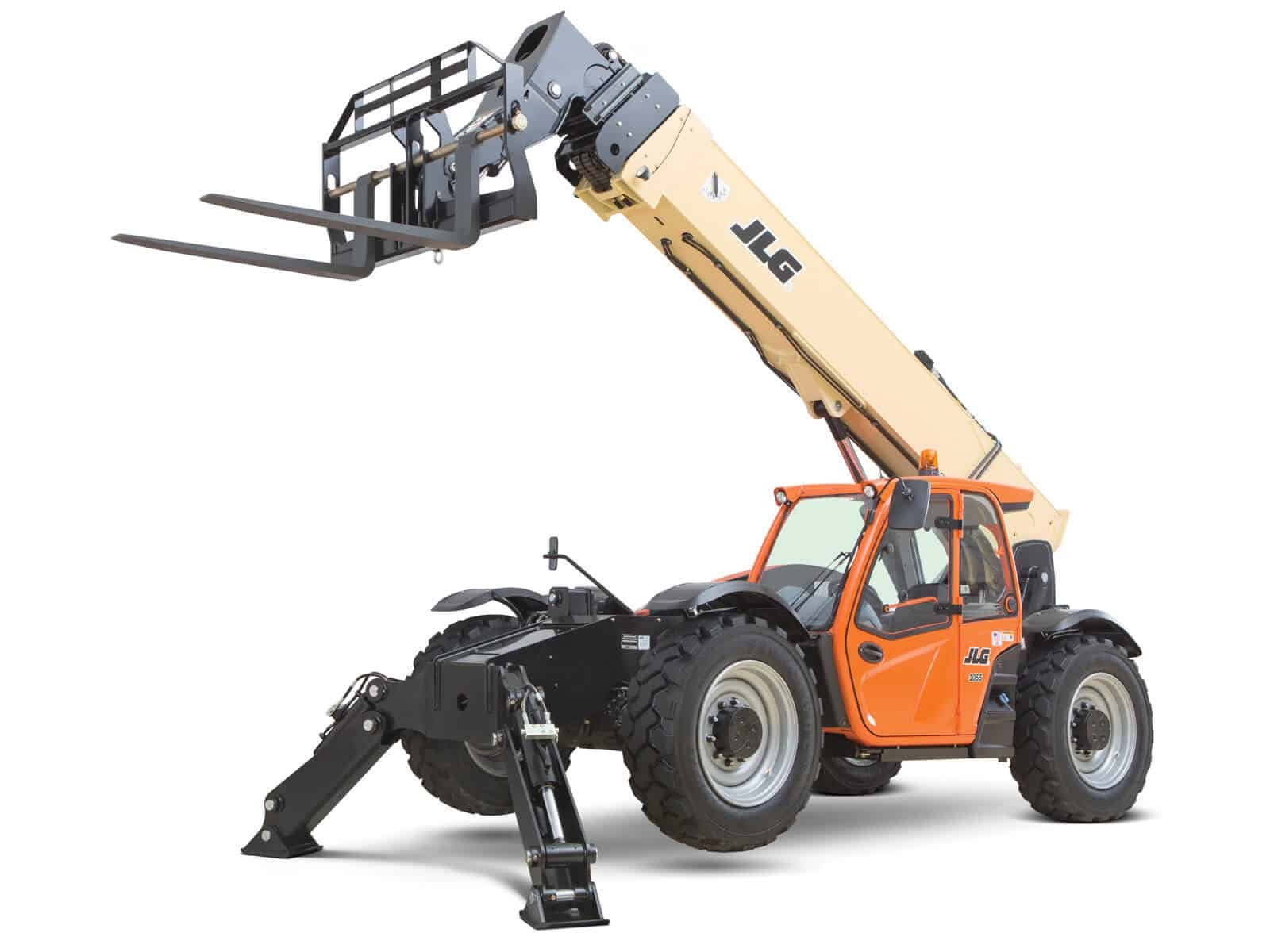
Versatility
While both telescopic loaders and telehandlers are highly versatile machines, there are some differences in terms of their versatility.
Telescopic loaders are typically more versatile than telehandlers, as they can be equipped with a wider range of attachments. These attachments include buckets, forks, and grapples, allowing the machine to perform a variety of tasks such as digging, loading, and lifting.
Telehandlers, on the other hand, are typically less versatile than telescopic loaders. While they can be equipped with attachments such as pallet forks and buckets, their primary purpose is for lifting and transporting heavy loads.
Maneuverability
Maneuverability is another significant difference between telescopic loaders and telehandlers. Telescopic loaders are typically more maneuverable than telehandlers, as they are smaller and more compact. This makes them well-suited to tasks that require greater agility, such as moving materials around a construction site or farm.
Telehandlers, on the other hand, are typically less maneuverable than telescopic loaders. Their larger size and weight can make them more challenging to maneuver in tight spaces, and they are more suited to tasks that require lifting heavy loads over long distances.
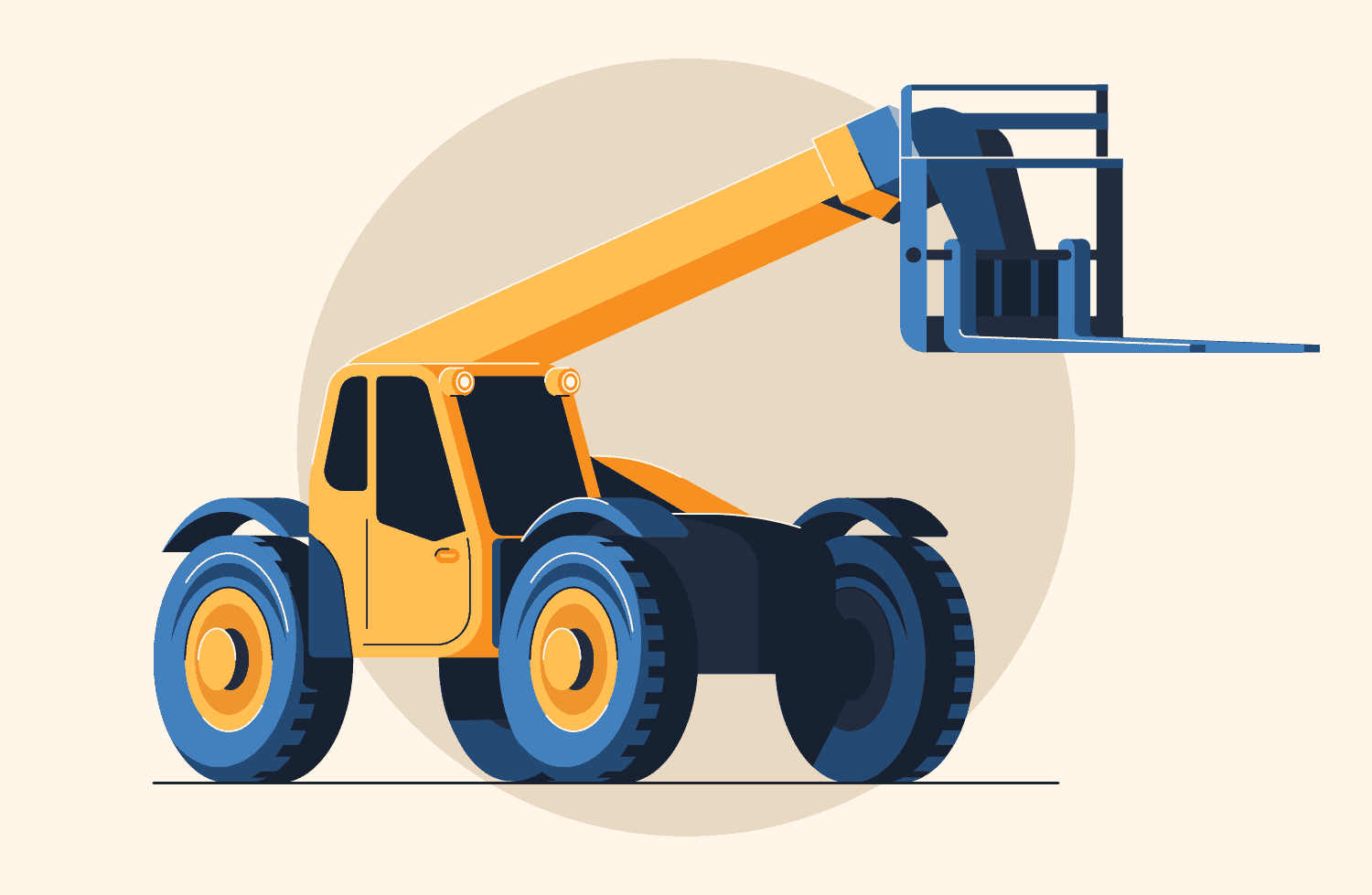
Conclusion
A telescopic loader is primarily designed for agricultural tasks such as loading and transporting materials within a short distance. It has a larger bucket capacity and a shorter reach than a telehandler.
On the other hand, a telehandler is more versatile and can handle a wider range of tasks. Its telescopic boom allows it to reach greater heights and distances, making it suitable for construction, forestry, and industrial applications. It also has a variety of attachments available that can be quickly interchanged to perform different tasks.
When choosing between a telescopic loader and a telehandler, it is important to consider the specific needs of the job at hand. While a telescopic loader may be sufficient for some tasks, a telehandler may be a better investment for those who require greater flexibility and versatility in their machinery.
FAQs
Is a Telehandler the Same as a Telescopic?
A telehandler is a type of telescopic handler, but not all telescopic handlers are telehandlers. A telescopic handler, also known as a telescopic loader, is a machine that is designed to lift and move heavy loads using a telescoping boom that extends upwards and outwards. The boom can be fitted with a variety of attachments, such as buckets, forks, and cranes, making the machine versatile and suitable for a range of tasks.
What Is the Difference Between a Telehandler Forklift and a Telescopic Forklift?
The terms “telehandler forklift” and “telescopic forklift” are often used interchangeably, but some people may use one term more frequently than the other depending on their location or industry. For example, “telehandler forklift” may be more commonly used in the construction or industrial sector, while “telescopic forklift” may be more frequently used in the agricultural or farming industry.
What Is a Telescopic Loader?
A telescopic loader, also known as a telehandler, is a type of heavy-duty lifting machine that is designed to lift and move heavy loads over long distances and at great heights.
What Is Another Name for a Telehandler?
Another name for a telehandler is a telescopic handler or a telescopic forklift.

